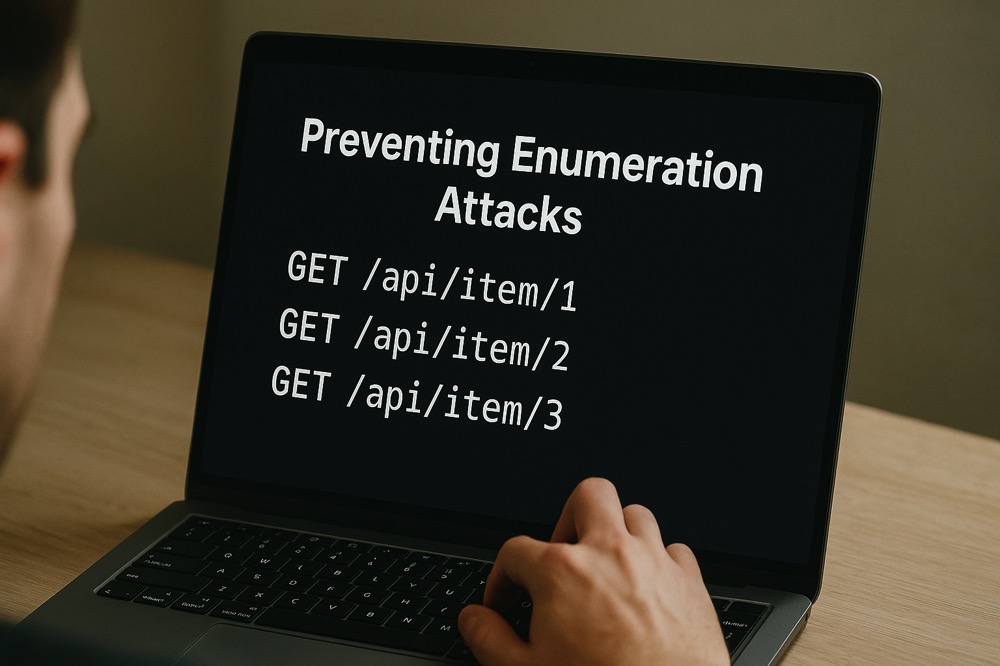Following our overview of Visa's Security Roadmap 2025-2028, we're examining how Peakhour's solutions address the first key focus area: preventing enumeration attacks. This threat has become increasingly critical, with Visa reporting a 40% increase in enumeration attacks and over US$1.1 billion in global fraud losses from these attacks.
Understanding Enumeration Attacks
Enumeration attacks are sophisticated attempts where criminals use automated tools to test and guess payment credentials. These credentials are then used for fraudulent transactions. The attacks typically target online merchants that may lack adequate fraud controls, posing significant risks to Australian issuers, acquirers, and merchants.
While these attacks contribute to less than 1% of global card-not-present volume, they remain a popular vector for validating compromised payment credentials, leading to significant follow-on fraud.
The Cost of Enumeration Attacks
The impact of these attacks extends beyond direct financial losses:
- Operational Costs
- Infrastructure strain from high-volume automated attempts
- Increased support costs handling fraud cases
-
Resource allocation for incident response
-
Compliance Risks
- Potential regulatory penalties
- Breach of payment network rules
-
Increased scrutiny from regulators
-
Reputational Damage
- Loss of customer trust
- Negative media coverage
- Impact on brand value
How Peakhour Aligns with Visa's Vision
Peakhour's solutions directly support Visa's emphasis on preventing enumeration attacks through multiple layers of protection:
1. Advanced Bot Detection
Our Bot Management solution identifies and blocks automated attempts to test credentials by:
- Detecting patterns indicative of enumeration attacks
- Blocking known malicious automation tools
- Identifying suspicious behavior patterns
- Preventing high-speed credential testing
2. Sophisticated Rate Limiting
Advanced Rate Limiting provides granular control over authentication attempts:
- Limits attempts based on multiple criteria
- Adapts thresholds dynamically
- Prevents distributed attacks
- Maintains access for legitimate users
3. Residential Proxy Detection
Our Residential Proxy Detection helps identify and block attempts to bypass security through residential IP addresses:
- Detects proxy network usage
- Blocks sophisticated evasion attempts
- Prevents distributed attacks
- Maintains legitimate user access
4. Real-time Monitoring
Continuous monitoring and analysis helps identify attack patterns:
- Tracks authentication patterns
- Identifies unusual activity spikes
- Alerts security teams to potential attacks
- Enables rapid response to threats
Implementing Effective Protection
To align with Visa's security roadmap, organisations should implement a comprehensive approach to preventing enumeration attacks:
- Deploy Multi-layered Protection
- Bot management
- Rate limiting
- Proxy detection
-
Behavioral analysis
-
Monitor and Respond
- Real-time attack detection
- Rapid response procedures
- Regular security assessments
-
Threat intelligence integration
-
Maintain Compliance
- Follow Visa security requirements
- Implement required controls
- Regular security audits
- Staff training and awareness
Looking Ahead
As Visa's new Acquirer Monitoring Program (VAMP) takes effect in April 2025, organisations need to ensure their enumeration attack prevention measures are robust. Peakhour's solutions help meet these requirements while maintaining smooth customer experiences.
Our approach aligns with Visa's focus on:
- Preventing fraudulent activities
- Protecting customer data
- Maintaining transaction integrity
- Supporting business growth
Taking Action
Organisations can take several steps to enhance their protection against enumeration attacks:
- Assess Current Vulnerabilities
- Review existing controls
- Identify security gaps
- Evaluate risk exposure
-
Plan improvements
-
Implement Protection
- Deploy bot management
- Configure rate limiting
- Enable proxy detection
-
Monitor effectiveness
-
Maintain and Improve
- Regular testing
- Update configurations
- Monitor threats
- Adapt to new attacks
Final Thoughts
Preventing enumeration attacks is crucial for maintaining payment security and meeting Visa's evolving requirements. Peakhour's comprehensive solution suite helps organisations achieve this while preparing for future challenges.
Contact us to learn how we can help protect your organisation from enumeration attacks and align with Visa's Security Roadmap 2025-2028.







